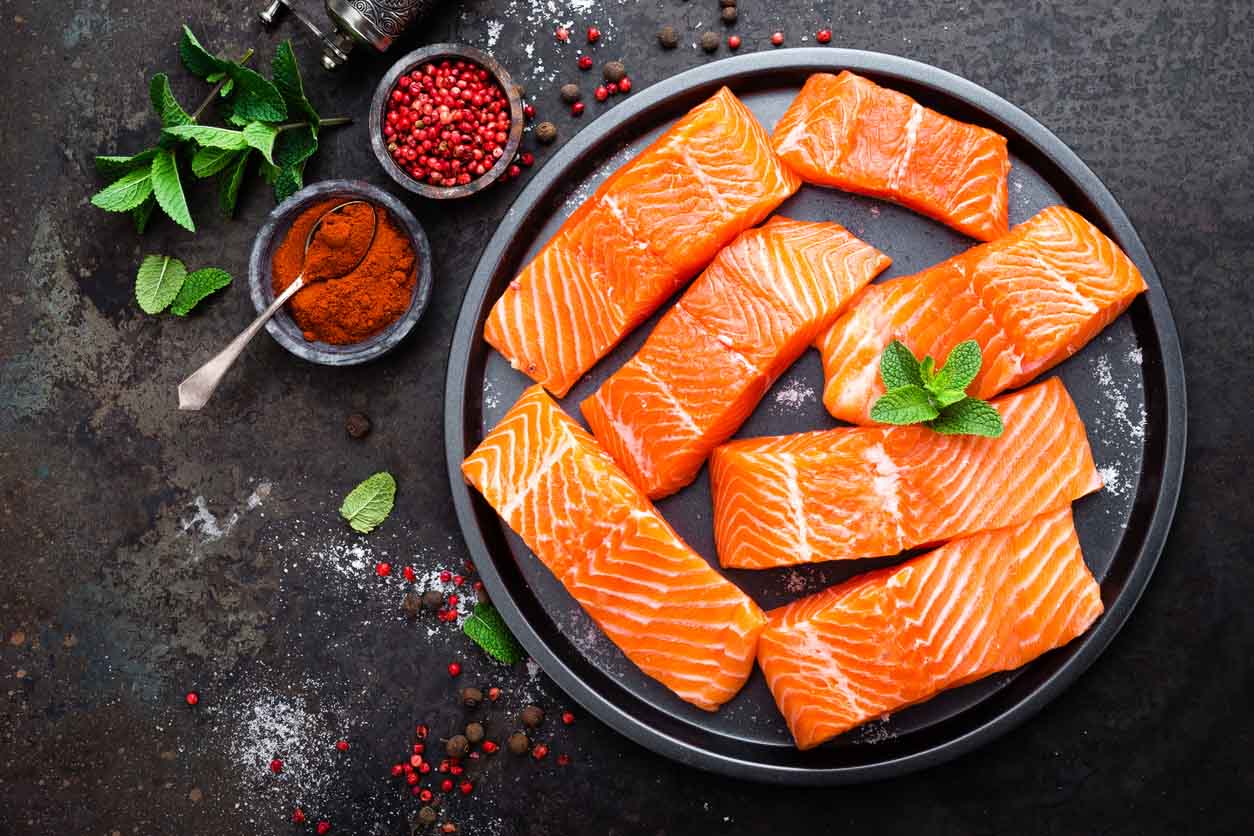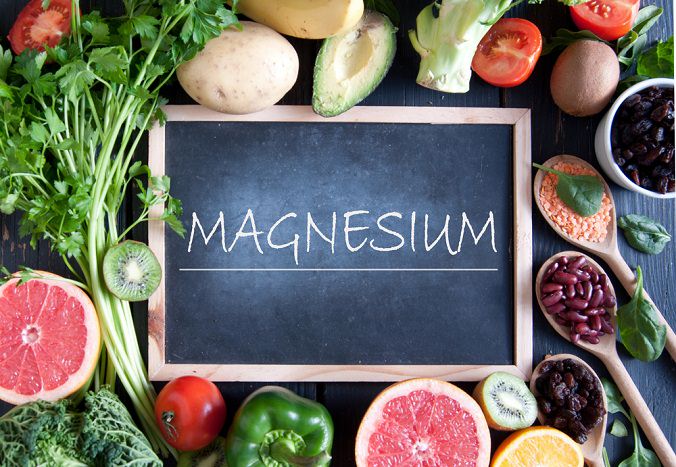
Magnesium is one of the most important minerals, which your organism needs to function under optimal conditions. Low absorption of this mineral in your body can be due to different causes. For this reason, you should increase the magnesium intake in your diet.
Nowadays, magnesium can be purchased in the form of food supplement too. However, I would advise that your main source of magnesium comes from food, as it’s the perfect way to take the advantage of health benefits that this mineral provides.
Why it’s so crucial to ingest magnesium? What food does contain magnesium? Below I would like to share some detail of its main sources and functions.
Why It’s Important to Increase Magnesium Intake in Your Diet?
Good absorption of magnesium is essential to activate various key functions of your body. It is predicted that this mineral participates in around 300 biochemical reactions to maintain nervous system and muscle health.
Benefits of Increasing Magnesium intake in your diet
- Reduces muscle and joint pain
- Improves bone and dental health
- Strengthens the immune system
- Reduces stress and improves sleep quality
- Balances the activity of the nervous system and the brain.
- Regulates the activity of hormones
- Improves blood circulation
- Protects skin against allergies
- Promotes control of diabetes
- Calms inflammation and digestive pain.
- Avoid recurring headaches.
What is the recommended daily amount of magnesium?
An adult woman may need about 260 mg per day, while men need 300 to 350 mg per day.
Magnesium rich foods for your Diet
Including some foods that are rich in magnesium to your diet is probably best way to get all the benefits provided by this mineral.
1.  Green leafy vegetables
Green leafy vegetables
Perfect way to increase magnesium intake with your diet are green leafy vegetables. Most of them has a significant amount of magnesium without adding too many calories. Let’s see the healthiest:
Quantity per 100 grams:
- Spinach: up to 79 mg of magnesium.
- Kale: 47 mg of magnesium.
- Broccoli: 22 mg of magnesium.
- Rocket: approximately 47 mg of magnesium.
2.  Cocoa powder
Cocoa powder
A dose of 28 grams of cocoa can provide up to 64 mg of magnesium. Moreover, cocoa rich in antioxidants, iron, and probiotic substances that can contribute to “feed” healthy gut bacteria.
3.  Avocados
Avocados
Half an avocado contains up to 58 mg of magnesium and despite it’s high in calories, it also provides essential fatty acids, vitamin E, and other minerals essential for health.
4.  Nuts
Nuts
Considered one of the healthiest snacks in the diet, walnuts and dry fruits are one of the major natural sources of magnesium. Their amount may be different in each fruit, but they are all very healthy.
Amount of magnesium per 100 grams:
- Cashew nuts: 236 mg
- Almonds: 258 mg
- Hazelnuts: 236 mg
- Walnuts: 159 mg
5.  Seeds
Seeds
Seeds are great source of magnesium. Furthermore they are ideal for fighting food anxiety and improves digestion. They also provide omega 3, vitamin E, and antioxidant compounds.
Amount of magnesium per serving of 100 grams:
- Pumpkin seeds: 535 mg
- Flax seed: 392 mg
- Sesame: 346 mg
- Sunflower: 387 mg
- Quinoa: 210 mg
6. Oily fish
There are many diet plans, which contain oily fish, because they contain omega 3, amino acids, and significant amounts of magnesium and other minerals.
A salmon serving of 178 grams may contribute up to 53 mg of magnesium, i.e. 13% of the recommended daily amount. Moreover it can also be obtained from other varieties of fish such as sardines, tuna, or mackerel.
Do you feel weak, muscle weakness, or continual discomfort? You might need an extra dose of magnesium. Try to incorporate the above-mentioned foods into your regular diet.
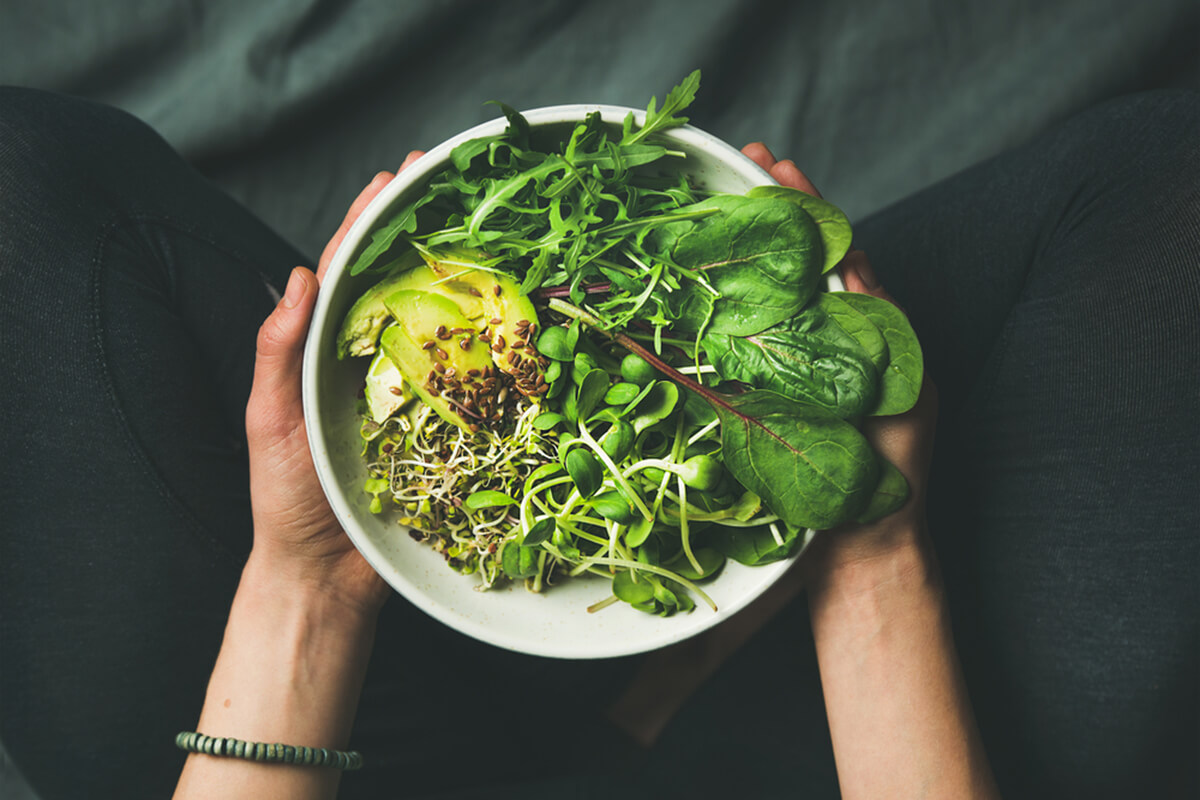 Green leafy vegetables
Green leafy vegetables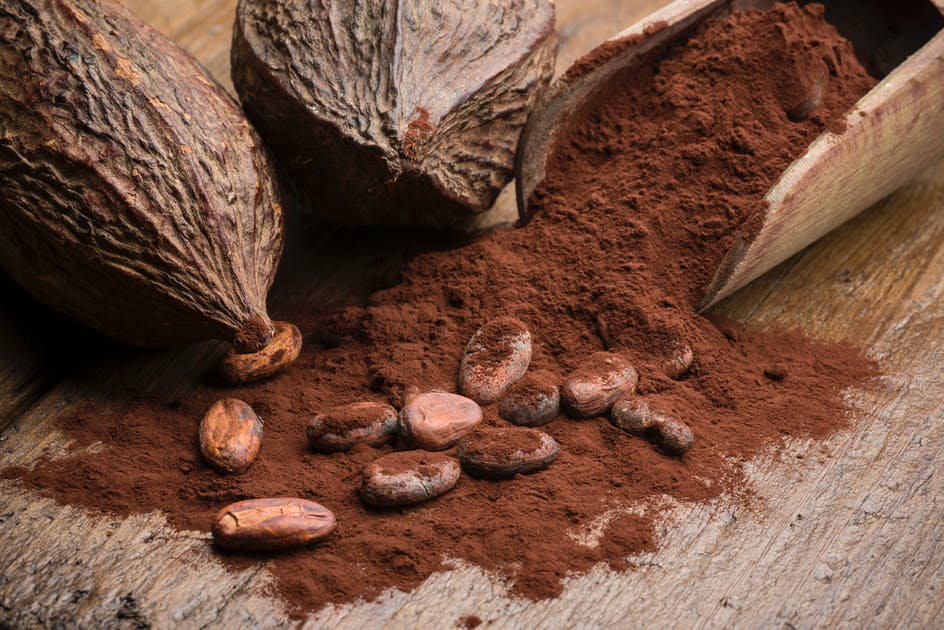 Cocoa powder
Cocoa powder Avocados
Avocados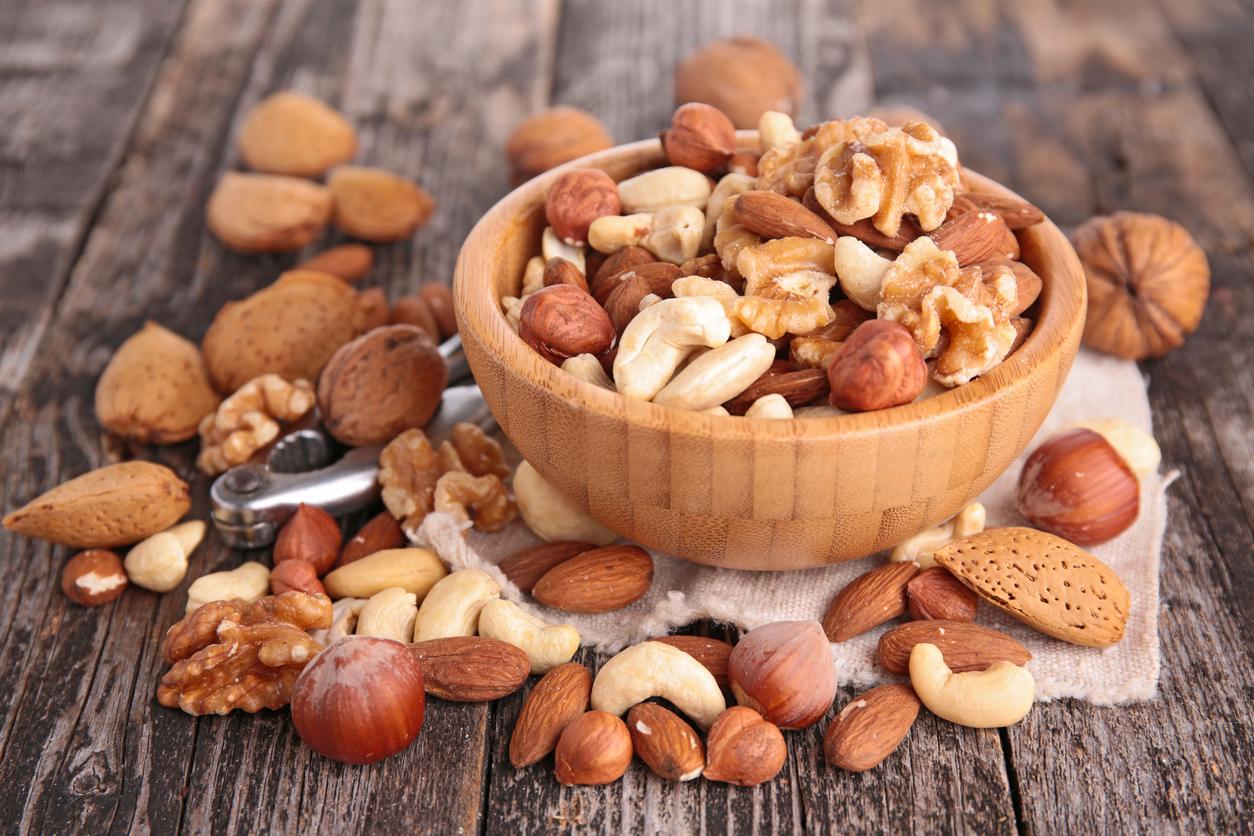 Nuts
Nuts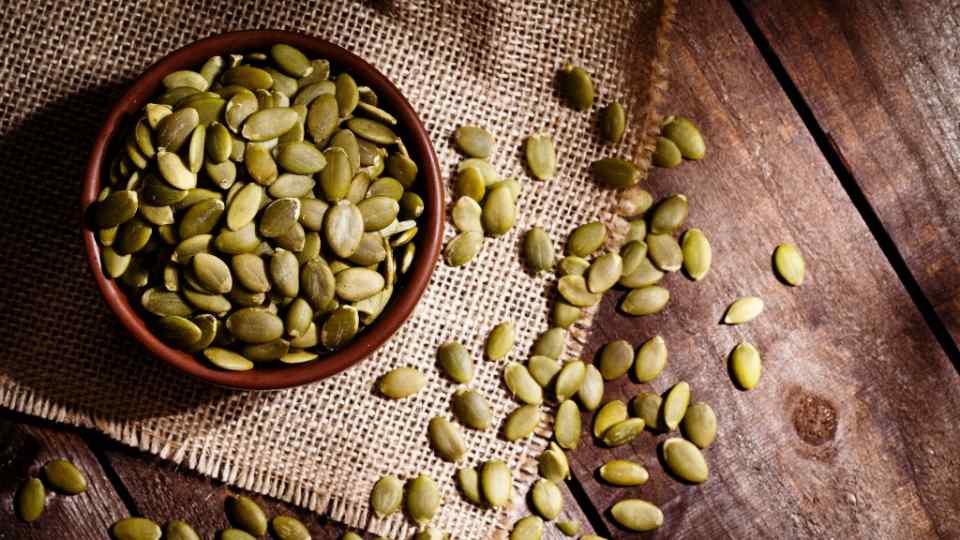 Seeds
Seeds